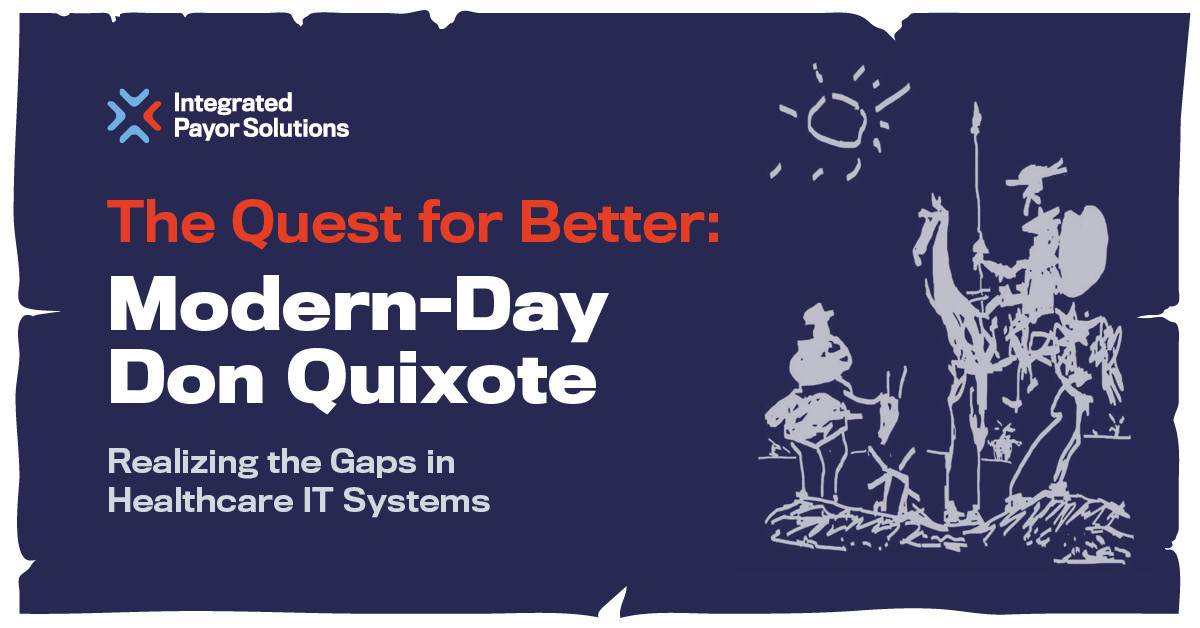Let’s be honest—traditional healthcare systems are full of problems that feel impossible to fix. Trying to tackle them all at once is a bit like fighting giants. We all want that magic solution to overhaul the system and make it better for everyone, but believing that one person or company can solve all of healthcare’s problems? That’s a dream, and not a very realistic one.
There’s a better way to approach this challenge—one that doesn’t involve tilting at windmills.
When I reflect on my experience in the industry and the observations I’ve made, I can’t help but summarize my experience as “Lessons from a Modern-Day Don Quixote.” Now, I’m aware Don Quixote isn’t exactly the hero most people would choose to compare themselves to—unless, of course, you’re into fictional knighthood. For those unfamiliar, Don Quixote is the protagonist of a 17th-century novel who becomes obsessed with the ideals of chivalry after reading too many books on the subject. He renames himself Don Quixote de la Mancha and sets out to revive knighthood and protect the helpless. The problem is, he’s not actually a knight, and his goals are, let’s say, a bit impractical.
But here's the thing—Don Quixote wasn’t just a fool with lofty dreams. He was driven by a desire to right wrongs and improve the world, even if his methods weren’t always realistic. In a lot of ways, that’s how I felt when I first got into healthcare.
When I started in this industry, I was determined to make a difference. The healthcare system is filled with inefficiencies, overpricing, and a lack of transparency, and I thought I could be the one to fix it all. Like Don Quixote fighting to revive knighthood, I wanted to take on the healthcare system and make it better for everyone.
It didn’t take long to realize that fixing healthcare isn’t that simple. The problems in this industry are much bigger than any single person or company can tackle on their own. The reality is that most of the system’s inefficiencies are deeply ingrained, and a lot of people don’t actually want them fixed.
So, what can you do when you’re up against something as big and unwieldy as the healthcare system?
The answer: You build a ladder.
Rather than trying to overhaul the entire system, I started focusing on areas where I could actually make a difference. I developed scalable platforms that solve real problems. That’s how IPS came to be. It wasn’t the sweeping victory I’d originally imagined, but it was a step in the right direction. IPS was built on the idea that, while we can’t change everything, we can change something. And that matters.
We’re not abandoning the goal of improving the system—we’ve just adjusted our strategy. At IPS, we’re finding the areas where we can make a real impact, even if the whole system feels too big to fix. We’re helping clients avoid those multimillion-dollar claims, improving transparency, and making the process smoother and faster.
IPS is a crucial part of the ongoing quest to make things better. We may not be toppling giants, but we’re fighting the battles that count—and we’re making real progress.

